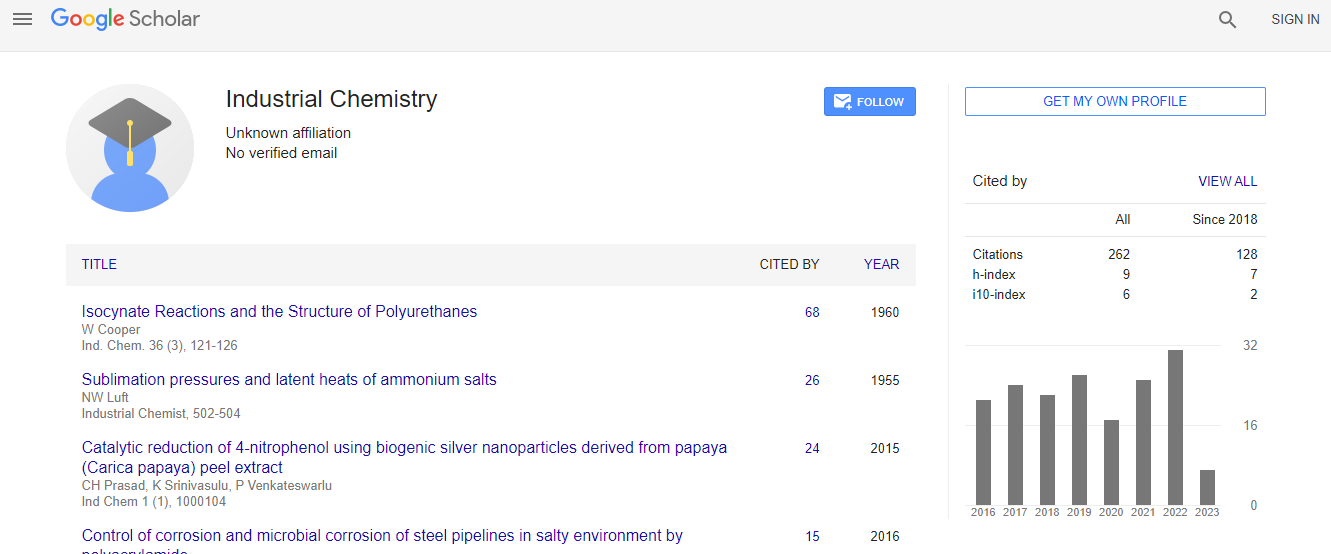Research Article
Optimization of Alcalase hydrolysis conditions for production of Dagaa (Rastrineobola argentea) Protein hydrolysate with antioxidative properties
Ogonda Lydia Awuor1*, Muge Edward Kirwa1, Mulaa Francis Jackim3 and Mbatia Betty21Department of Biochemistry, School of Medicine, College of Health Sciences, P.O BOX30197, Nairobi, Kenya
2Department of Biochemistry and Biotechnology, Technical University of Kenya, P.O BOX52428-00200, Nairobi, Kenya
3Principal, Garissa University College, Moi University, P.O BOX63056-00200, Nairobi, Kenya
- *Corresponding Author:
- Ogonda Lydia Awuor
Department of Biochemistry
School of Medicine, College of Health Sciences
P.O BOX30197, Nairobi, Kenya
E-mail: Lydia.Ogonda@gmail.com
Received date: January 25, 2017; Accepted date: January 27, 2017; Published date: January 30, 2017
Citation: Awuor OL, Kirwa ME, Jackim MF, Betty M (2017) Optimization of Alcalase Hydrolysis Conditions for Production of Dagaa (Rastrineobola argentea) Hydrolysate with Antioxidative Properties. Ind Chem 3:122. doi:10.4172/2469-9764.1000122
Copyright: © 2017 Awuor OL, et al. This is an open-access article distributed under the terms of the Creative Commons Attribution License, which permits unrestricted use, distribution, and reproduction in any medium, provided the original author and source are credited.
Abstract
Enzymatic conditions; stirring speed, pH, temperature, enzyme substrate (ES) ratio, solvent ratio, reaction time; for Dagaa (Rastrineobola argentea) hydrolysis by Alcalase 2.4L® were optimized. This was done to guarantee maximum enzyme activity, minimized losses and subsequent maximized product yield.
This study showed optimized hydrolysis conditions to be fixed at minimum stirring speed (overhead stirrer, Stuart, UK), pH 7, 56°C, ES ratio of 2% (v/w) and solvent ratio of 0.5% (v/w) for 6 h. At these combined optimal conditions, Alcalase 2.4L®Dagaa (Rastrineobola argentea) hydrolysis resulted in 71% protein recovery with 83% degree of hydrolysis.
These findings substantiated the use of Dagaa which proved to be a relatively good substrate for protein hydrolysate production.

 Spanish
Spanish  Chinese
Chinese  Russian
Russian  German
German  French
French  Japanese
Japanese  Portuguese
Portuguese  Hindi
Hindi 